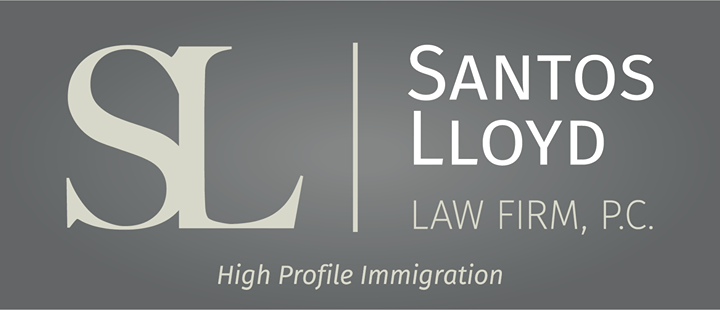Políticas de Trabalho Remoto - Posso trabalhar remotamente nos Estados Unidos com meu visto?
Santos Lloyd Law Team • February 1, 2024
Click here to read this article in English
O fator mais importante para trabalhar remotamente nos Estados Unidos é a autorização de trabalho adequada. A lei de imigração dos EUA exige que qualquer pessoa que receba renda nos Estados Unidos tenha autorização de trabalho adequada.
O que acontece se eu receber renda de um empregador estrangeiro enquanto estiver nos Estados Unidos?
Mesmo que esteja trabalhando para um empregador no exterior, trabalhar enquanto estiver fisicamente localizado nos Estados Unidos ainda é considerado trabalho pelo governo dos Estados Unidos, mesmo que o trabalhador seja pago para uma conta bancária estrangeira. Por exemplo, se um detentor de visto B-1/B-2 estiver viajando para os Estados Unidos para turismo ou fins de negócios específicos, ele pode entrar nos Estados Unidos para passeio, participar de reuniões ou eventos, mas não pode trabalhar nos Estados Unidos, pois o visto B-1/B-2 não concede autorização de trabalho.
Como posso trabalhar remotamente?
Não há uma categoria de visto designada para trabalhadores remotos nos Estados Unidos, mas existem vistos de não imigrante que são flexíveis. Vistos de trabalho de não imigrante, como E, L, TN, F-1, OPT, P-1 e O-1, não têm restrições quanto aos locais de trabalho da mesma forma que alguns outros vistos e há flexibilidade em relação ao trabalho remoto. Por exemplo, atletas com visto P-1 podem viajar a trabalho devido à sua profissão, assim como profissionais com visto O-1, mas deve ser dentro dos limites de seu visto.
Quais trabalhadores têm restrições no trabalho remoto?
Os trabalhadores com visto H-1B estão restritos a trabalhar nos locais listados em sua petição de patrocínio H-1B. Isso ocorre devido ao requisito da Aplicação de Condição de Trabalho (LCA) e à análise do salário vigente. Em alguns casos, os trabalhadores com visto H-1B podem ter "trabalho remoto ocasional" se o empregador solicitar isso. Isso aconteceria quando o endereço residencial do trabalhador com visto H-1B estiver próximo ao local normal de trabalho listado na LCA do empregador, incluindo o endereço residencial. Outro caso em que isso pode ocorrer é se o trabalhador com visto H-1B for trabalhar a uma distância significativa do local de trabalho da LCA. Podem ser necessárias petições de emenda e taxas de arquivamento.
Para patrocínios H-1B, pode ser útil para os empregadores incluir como locais de trabalho o endereço residencial do funcionário e o local normal de trabalho, se possível. A USCIS revogou duas memorandos de política em relação a colocações em locais de terceiros e itinerários relacionados para trabalhadores com visto H-1B, então é mais fácil listar o endereço residencial e o local de trabalho de um trabalhador com visto H-1B.
Se você tiver alguma dúvida sobre essas informações, por favor, entre em contato com nossos escritórios.
Este blog não se destina a fornecer aconselhamento jurídico e nada aqui deve ser interpretado como estabelecimento de um relacionamento advogado-cliente. Por favor, agende uma consulta com um advogado de imigração antes de agir com base em qualquer informação lida aqui.

Once you have connected with a college program, have been admitted to the school, and deemed eligible to compete athletically, you will need to secure an F-1 student visa in order to actually attend your new college and begin your time as a student athlete. The first step in the visa process is to receive your Form I-2

For many talented athletes around the world, U.S. college athletics represent a remarkable opportunity to combine elite athletic competition with higher education. In sports such as basketball, soccer, track and field, and tennis, among others, hundreds of colleges and universities across the United States offer struct

Under the new regulation, if a person filed or files Form I-589, Application for Asylum and for Withholding of Removal after October 1, 2024, and the application remains pending with USCIS for 365 days, the applicant must pay an Annual Asylum Fee (AAF) on the one-year anniversary of his or her filing date.



